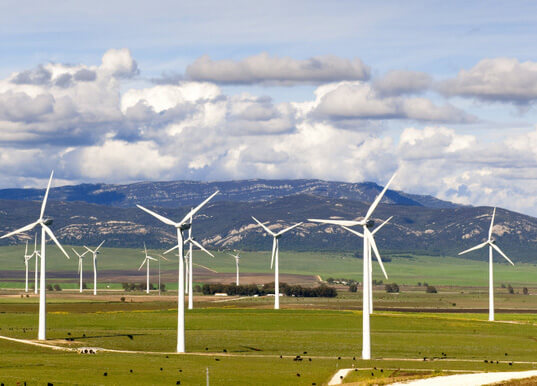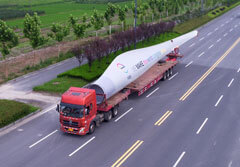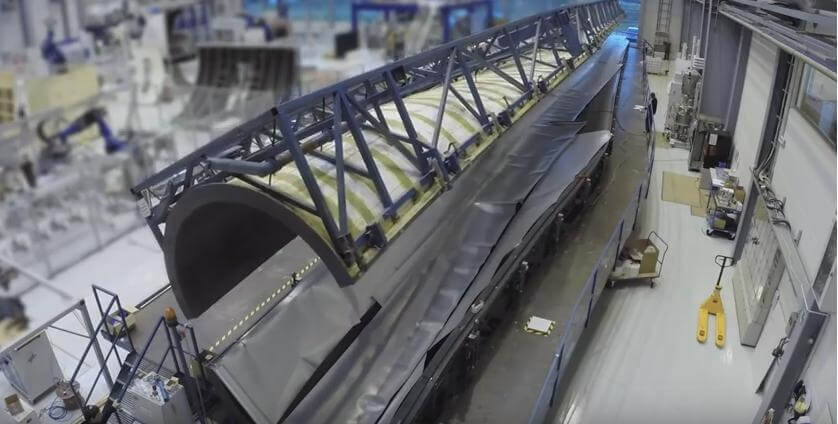 Global coatings supplier Hempel recently launced HEMPADUR AvantGuard, a portfolio of three new anti-corrosive zinc primers. Based on patented AvantGuard technology, HEMPADUR AvantGuard coatings provide better anti-corrosion protection than zinc epoxies without AvantGuard, says the company.
Global coatings supplier Hempel recently launced HEMPADUR AvantGuard, a portfolio of three new anti-corrosive zinc primers. Based on patented AvantGuard technology, HEMPADUR AvantGuard coatings provide better anti-corrosion protection than zinc epoxies without AvantGuard, says the company.
AvantGuard OG Zinc coatings are used to protect industrial structures and equipment in C4 and C5 corrosive conditions, where saltwater and high humidity corrode unprotected steel. Based on new, patented AvantGuard technology, HEMPADUR AvantGuard activated zinc primers are developed for a range of industries and applications, from offshore oil and gas platforms to wind turbines.
AvantGuard is the result of an extensive R&D program run specifically to solve an issue discovered in Hempel’s labs in 2007: only one-third of the zinc in a zinc epoxy primer is utilized for galvanic protection.
“AvantGuard is perhaps the biggest change in anti-corrosive technology since zinc coatings were first introduced during the 1960s,” says Pernille Lind Olsen, group protective product director at Hempel. ” The technology gives customers strong anti-corrosion performance in a coating that has high mechanical strength.”
AvantGuard uses hollow glass spheres and a proprietary activator to activate more zinc in the coating, ensuring a significantly higher galvanic effect than zinc primers without the AvantGuard technology, says Hempel. The technology also enables barrier and inhibitor protection, and so combines three protective effects in one.
Furthermore, the formulation improves the coating’s mechanical strength, which is essential for applications with, for example, extreme temperature and humidity fluctuations.
“In a standard zinc epoxy protective system, the zinc primer is the weakest mechanical point and, as a result, cracks can form in the coating as the steel expands and contracts under extreme conditions,” says Josep Palasi, Hempel R&D Director. “AvantGuard zinc coatings are different as the glass spheres and sub-products that result from the unique zinc activation process stop micro-cracks as soon as they form. This, we can say, makes the coating self-healing.”
The increased protection and durability has been proven in extensive Hempel tests, including salt spray tests (ISO 12944 part 6), cyclic corrosion tests (ISO 20340 – NORSOK M-501 revision 6), and thermal cycling resistance tests (NACE cracking test and Hempel’s welding test).
The HEMPADUR AvantGuard series currently includes three different zinc primers that can be applied using the same application techniques as standard zinc epoxies.
“In our tests, HEMPADUR AvantGuard shows a high tolerance to different application conditions, such as high temperatures and humidity, and we even see high crack resistance when the coating is applied with an excessive dry film thickness,” Pernille Lind Olsen says.
HEMPADUR AvantGuard coatings at a glance
- Advanced corrosion protection due to the high level of activated zinc in the coating
- Excellent crack resistance in cyclic temperatures and varying humidity
- Self-healing of micro-cracks prevents further propagation of cracks
- Requires same application techniques as zinc epoxies
- Suitable for all applications and especially designed for tough conditions and C4 and C5 environments
- Three coatings currently available: HEMPADUR AvantGuard 770, HEMPADUR AvantGuard 750 and HEMPADUR AvantGuard 550
Hempel
www.hempel.com
























 KISCO Ltd., an international supplier of high-quality materials and services, has announced its acquisition of Specialty Coating Systems (SCS), a global provider of Parylene coating services and technologies.
KISCO Ltd., an international supplier of high-quality materials and services, has announced its acquisition of Specialty Coating Systems (SCS), a global provider of Parylene coating services and technologies.
 KISCO Ltd., an international supplier of high-quality materials and services, has announced its acquisition of Specialty Coating Systems (SCS), a global provider of Parylene coating services and technologies.
KISCO Ltd., an international supplier of high-quality materials and services, has announced its acquisition of Specialty Coating Systems (SCS), a global provider of Parylene coating services and technologies.





